Bone fracture is referred to by specialists as either a crack or break in the bone, traditionally caused by excessive force that exceeds what the bone can withstand. This scenario can originate from accidents, falls, or unanticipated impacts during athletic hobbies.
When a bone fractures, it may partially break or completely separate, depending on the potency of the force applied.
Miscellaneous aspects of bone fractures are acknowledged, each possessing special features and varying degrees of jeopardy. A classic approach to classifying these fractures is dividing them into two clusters: internal, which we call closed, and those where the bone pierces the skin, tagged as open. The bone is broken in closed fractures but does not pierce through the skin. However, in open or compound fractures, there is a break in the skin, sometimes allowing the bone to protrude out.
When bone fractures, the worries vary depending on the spot and ferocity of the damage. Ordinarily, you witness high pain, notice swelling and discoloration, spot a peculiar shape in the affected area, and realize that moving the injured fragment or joint is difficult. At times, particularly with an open fracture, the bone can be visible as it protrudes through the skin.
To tackle a broken bone, traditionally, it is enough to not move it by using a cast, splint, or brace. However, for dire fractures, an operation may be suggested to realign the bones and secure them with metal plates, screws, or rods. Following the treatment, rehabilitation strategies and physical therapy are commonly expected to restore strength, reinforce flexibility, and elevate mobility in the affected zone.
Bone fractures are common in humans across miscellaneous age clusters and cultural settings, surfacing regularly each year globally. Causes such as slips or falls, sports injuries, automobile accidents, or conditions that exhaust bones contribute to these breaks. The number of bones broken can vary depending on a person's age, gender, lifestyle routines, and place of living.
Older persons, majorly those over the age of 65, are at raised jeopardy of injuries![]() as their bones tend to enfeeble with aging, making them more vulnerable to falls. Similarly, younger ones, such as kids and teens, routinely sustain bone fractures due to their elevated levels of physical ventures, encompassing sports and spirited lifestyles.
as their bones tend to enfeeble with aging, making them more vulnerable to falls. Similarly, younger ones, such as kids and teens, routinely sustain bone fractures due to their elevated levels of physical ventures, encompassing sports and spirited lifestyles.
Statistics suggest that certain variants of fractures emerge more regularly than others. Elderly entities tend to suffer from wrist, hip, and back fractures, whereas younger people such as children and teenagers customarily deal with breaks in their forearms and collarbones. What's more, the rhythm at which bones fracture tends to emerge in certain zones due to specific environmental or financial features.
Despite augments in prevention and medical services, fractured bones place menacing pressure on healthcare networks globally. Such indispositions can lead to short-term or permanent disability, shrunken quality of existence, and heightened costs for treatment, rehabilitation strives, and continuous assistance.

Bones may fracture when the pressure applied to them goes past their limitations. This traditionally surfaces due to a plethora of accidents, such as falls, collisions while driving, impacts during sports hobbies, or traffic incidents. These scenarios apply dynamic and unsafe pressure on the bone, leading it to fracture or snap.
Bones ordinarily break because of ongoing stress or too much usage, particularly during tasks that repeatedly put pressure on specific bones or joints. It emerges in running, jumping, dancing, and specific work tasks encompassing repetitive movements. As time passes, constant pressure on the bone can cause it to become frail and heighten its likelihood of breaking.
Specific health matters and multifaceted elements enlarge the doom of bone fractures. Osteoporosis![]() , for instance, enfeebles bones by reducing their density, making them vulnerable to breaks from mundane incidents. Other health aspects that affect bone safety measures, such as osteogenesis imperfecta, bone tumors, or metabolic-related diseases, can increase the danger of fractures in individuals.
, for instance, enfeebles bones by reducing their density, making them vulnerable to breaks from mundane incidents. Other health aspects that affect bone safety measures, such as osteogenesis imperfecta, bone tumors, or metabolic-related diseases, can increase the danger of fractures in individuals.
At times, bones may fracture by themselves or with minuscule harm due to worries within the bone or a shortage of minerals. This can arise in conditions like Paget's disease, which affects bones, or genetic disorders that affect the maturing and power of the bones.
Lastly, external features such as environmental hazards, unsafe work measures, skimpy dietary routines, and a calcium or vitamin D deficiency can heighten the danger of bone fractures. Likewise, prolonged use of certain medications like corticosteroids or anticoagulants can wither bones and raise the likelihood of experiencing breaks.
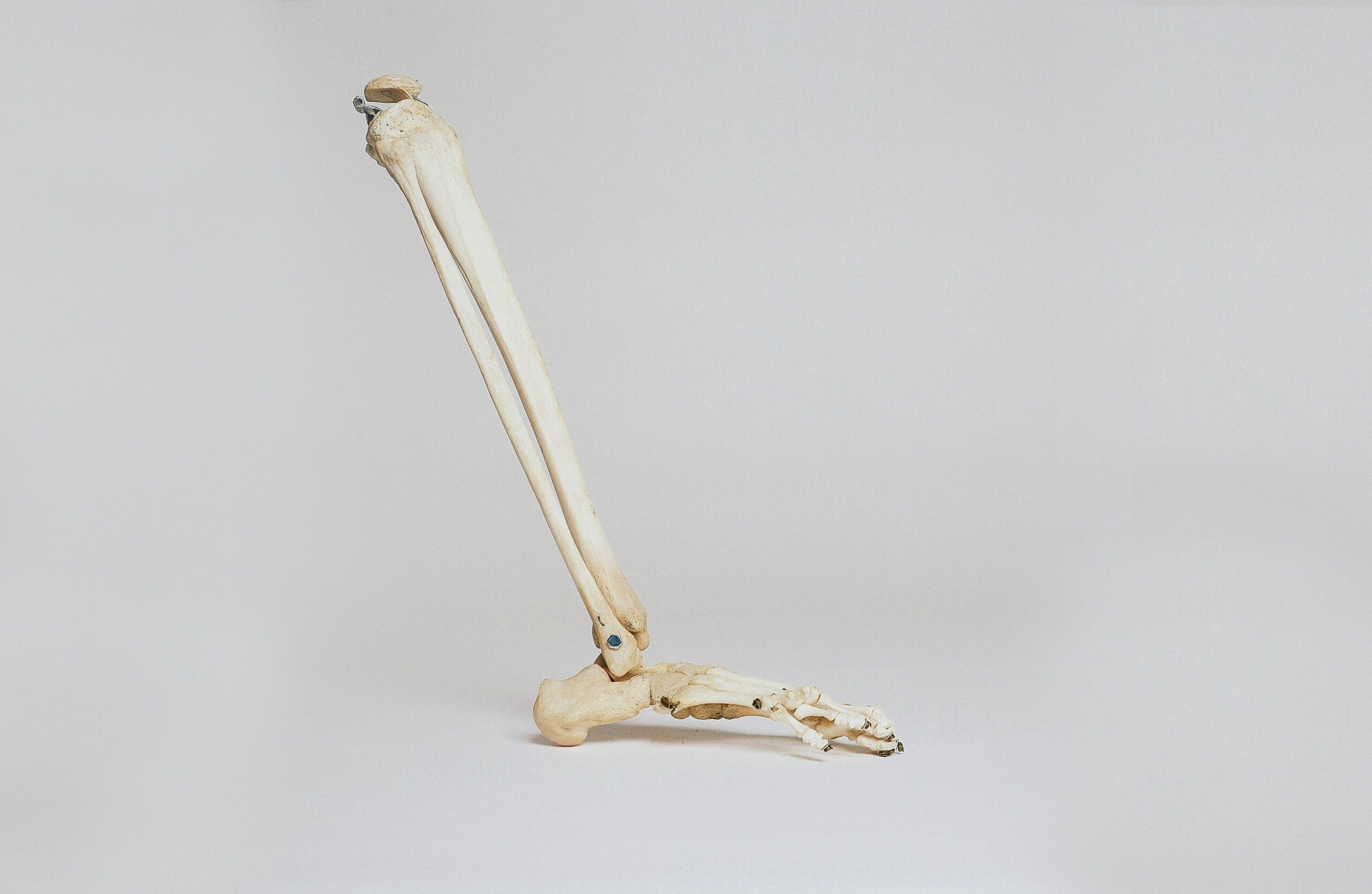
When bones break, they may cause miscellaneous troubles. It can surface when the bone starts to heal or even after a long time. The issues may occur based on how decisive the break is, where it happened in the organism if there are other injuries or health problems, and how positive the treatment works.
Bones sometimes need more time to get better than we think they will. It can show up because maybe there isn't enough blood going to the broken area, the bone wasn't kept still enough, or other health problems like diabetes or osteoporosis make it hard for bones to heal.
When a bone fractures, the components may not heal together as due, causing ongoing discomfort, a void of stability, and strains while moving. It might happen if there's too much motion at the break location, an infection develops, or the blood flow to that part isn't enough. Sometimes, surgery might be necessary to help bones heal and come together.
When a bone breaks and heals mistakenly, not constructing a straight line, it may cause matters with how the bone looks or works. It can surface if the broken elements are not set duly or moved too much while recovering. Malunion may necessitate corrective surgery to restore proper alignment and function.
When the bone breaks and there is a skin cut, especially an open break, infections can happen at that spot because bacteria find a way in. If infection emerges, recovery may take longer and cause more pain and swelling. It is also possible that severe illnesses like osteomyelitis, an infection in the bone, could develop. Spirited action with antibiotic treatment and wound care is key to ceasing and keeping in check infections.
Compartment syndrome![]() is a formidable condition when swelling and enlarged pressure in the muscles and tissues around a broken bone slab blood flow and nerve processes. It causes strong pain, loss of feeling, tingling, and weak muscles. This condition needs soon medical interruption, potentially encompassing an operation to reduce pressure and improve blood circulation.
is a formidable condition when swelling and enlarged pressure in the muscles and tissues around a broken bone slab blood flow and nerve processes. It causes strong pain, loss of feeling, tingling, and weak muscles. This condition needs soon medical interruption, potentially encompassing an operation to reduce pressure and improve blood circulation.
Medical teams employ multifaceted tactics concurrently to unearth the existence of a bone fracture. They chart the entity's medical history and conduct a thorough physical examination.
The specialist looks for data such as pain in a specific zone, swelling, tenderness upon touch, modification in the shape of the limb, or struggles with movement. On top of that, they employ augmented equipment to capture images inside the organism to investigate the condition of the bones closely.
Knowing the history of past medical happenings is decisive for diagnosis as it delivers constructive data about what occurred near the time of injury, any previous fractures or medical conditions affecting bone strength, and overall patient health. Experienced members examine data such as when symptoms appeared, the reasons behind the injury, and whether additional symptoms or complications are present alongside them.
Scans that let us see inside the body are critical for ascertaining a fracture, spotting its position and power, and picking the duly treatment. X-rays are ordinarily employed to unearth broken bones as they can be acquired quickly, operate efficiently, and deliver faithul images of the skeletal network. They can unfold fractures and any associated bone displacement or alignment abnormalities.
Medical members may request extra imaging tests, such as CT scans or MRIs, to get a vivid view of complex fractures and chart the surrounding soft tissues. They also utilize these examinations to detect other issues, such as ripped ligaments or dislocated bones. These aspects of capturing images provide a more distinct view of the bone and its surrounding area, assisting in comprehensively determining the potency of the break.
Occasionally, bonus examinations may be necessary when a medical team suspects a fracture that does not show clearly on initial images. These may consist of repeated imaging after immobilizing the affected region or employing advanced tactics such as bone scans or ultrasounds.

When mending debilitated bones, multifaceted strategies are applied to move the fragments, ascertain stability at the fracture zone, assist in rejuvenation, and bring back skills to the harmed limb or joint. Treatment is picked based on aspects such as the variant and spot of the break, displacement degree or instability of bone elements, the age and holistic health rank of the patient, and the existence of bonus injuries associated with that broken bone.
The non-surgical approach can be sufficient for primary bone fractures with straight and stable ends. Customarily, this encompasses disabling the injured arm or leg with a cast, splint, or brace![]() to allow the body to rejuvenate naturally. Halting the hurt part without moving helps decelerate pain, dodge more damage, and ascertain the broken bones align as due.
to allow the body to rejuvenate naturally. Halting the hurt part without moving helps decelerate pain, dodge more damage, and ascertain the broken bones align as due.
Surgery may be required to realign and secure the bone fragments when a fracture is complex or the bones have moved and are unstable. The operation could involve implanting metal plates, screws, rods, or wires internally to stabilize the break and aid in recovery. In some instances, they could apply items such as pins or screws on the body's exterior to secure everything firmly.
Once the bone has mended, it becomes crucial to assist in its recovery and regain the function of the injured arm or leg. A personalized rehabilitation strategy is devised, incorporating various components such as mobility exercises, flexibility tasks to maintain bending and stretching capabilities, muscle strengthening routines, and practice for routine activities. These activities help to strengthen muscles, increase flexibility and coordination, improve body movement, reduce stiffness, and prevent joints from getting stuck in one place.
Controlling the pain is very important when treating a broken bone, mainly just after the injury occurs. Doctors may prescribe medications such as NSAIDs or opioids to help lessen the pain and ensure comfort. Furthermore, it is commonly recommended to rest, apply ice therapy, elevate the hurt area of the body, and eat well for improved healing and regaining strength.

The regeneration of bone breaks depends on multifaceted aspects, such as the variant of break, its spot in the organism, the age and health condition of the person with the fracture, and how well they receive treatment. Most of the time, if patients obtain high-quality medical service and follow a valid recovery plan, they will likely heal quite successfully from most fractures.
When the bone fractures are basic, and the components remain aligned, they routinely heal as due, with recovery spanning several weeks to a few months. However, more problematic fractures with numerous pieces or displaced bones often require surgical interruption and have longer healing durations.
Extra factors, such as the extent of soft tissue damage, nerve injuries, and whether joints are involved, influence the recovery of a broken bone. Engaging in rehabilitative strategies highly promotes regaining movement, strength, and function of the affected limb or joint. Physical therapy exercises, like movements that improve the flexibility of your joints and gradually begin to bear weight on your body, play a decisive role in the recovery undertaking following the indisposition.
Table of Contents
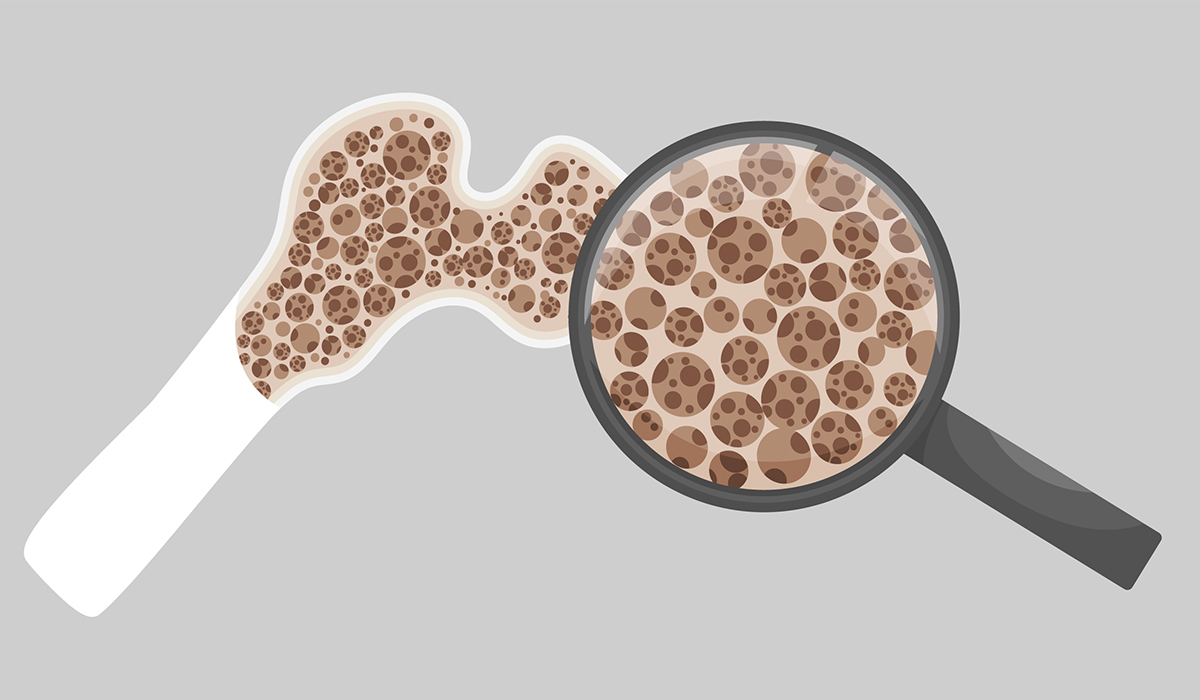
Osteoporosis is a bone affliction when the body loses too much of its bones, makes deficient bones, or both. So,… read more »
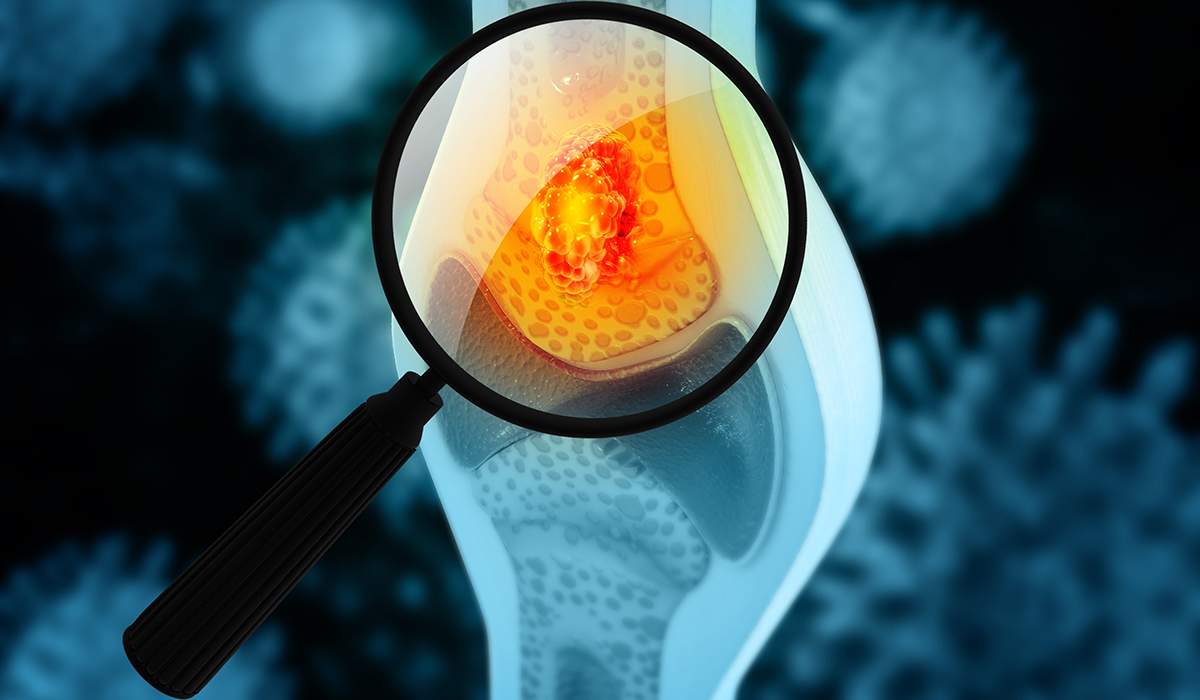
Bone cancer is a disease in which cancerous lesions develop in bone tissue. It can be primary or a result… read more »

Rickets is a bone condition that makes bones soft and fragile. It is majorly spotted in children and ordinarily surfaces… read more »

Shin splints, or medial tibial stress syndrome, surface on the lower side of the leg near the shinbone and bring… read more »
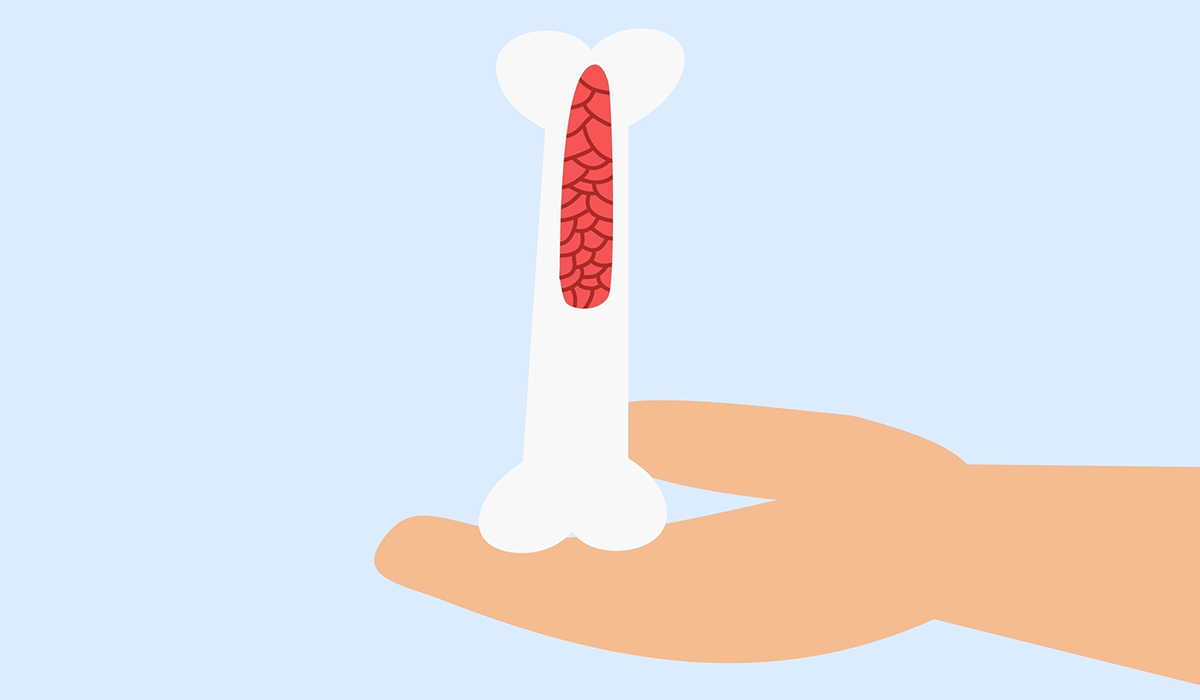
The bone marrow is an important part of the human body. Learn to recognise diseases that can occur when the… read more »
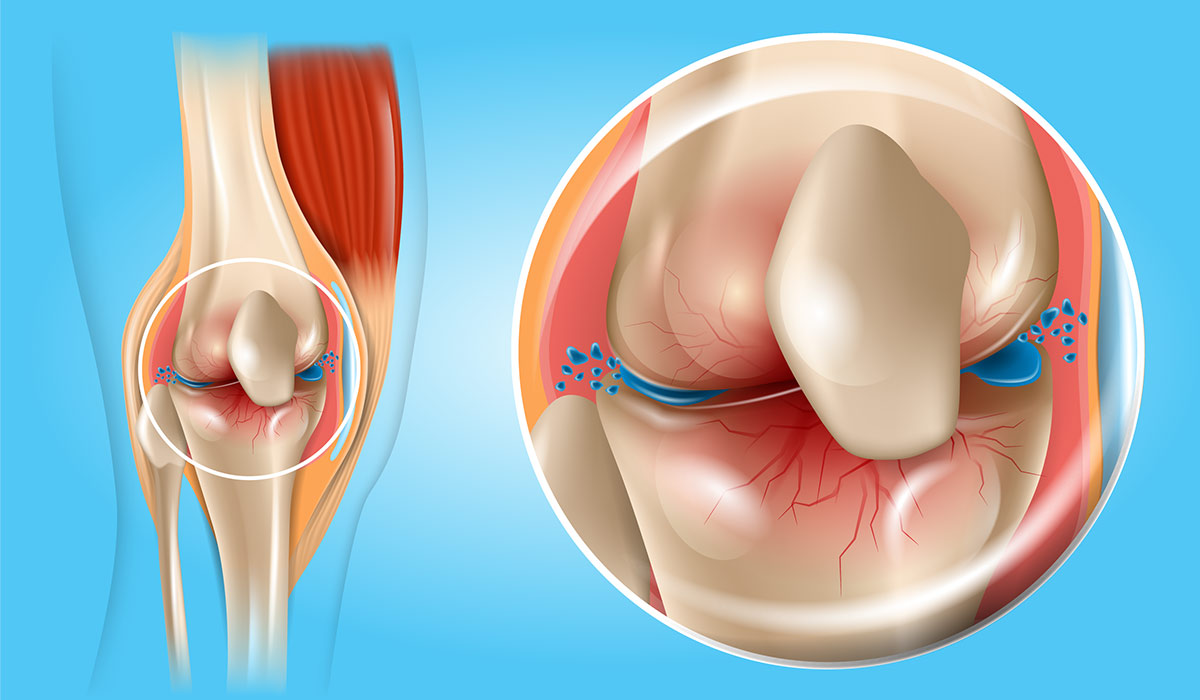
Osteoarthritis is a disease that most often affects children and the elderly. What are its causes? How can it be… read more »

Vitamin K is a group of fat-soluble vitamins responsible for bone metabolism, blood clotting, and proper calcium levels. It is… read more »

The main symptom of Morton's neuroma is pain in the foot. Find out what causes the discomfort. Learn about treatment… read more »

Multiple myeloma is a type of bone marrow and blood cancer. Its main symptoms are bone pain, kidney problems, anemia,… read more »